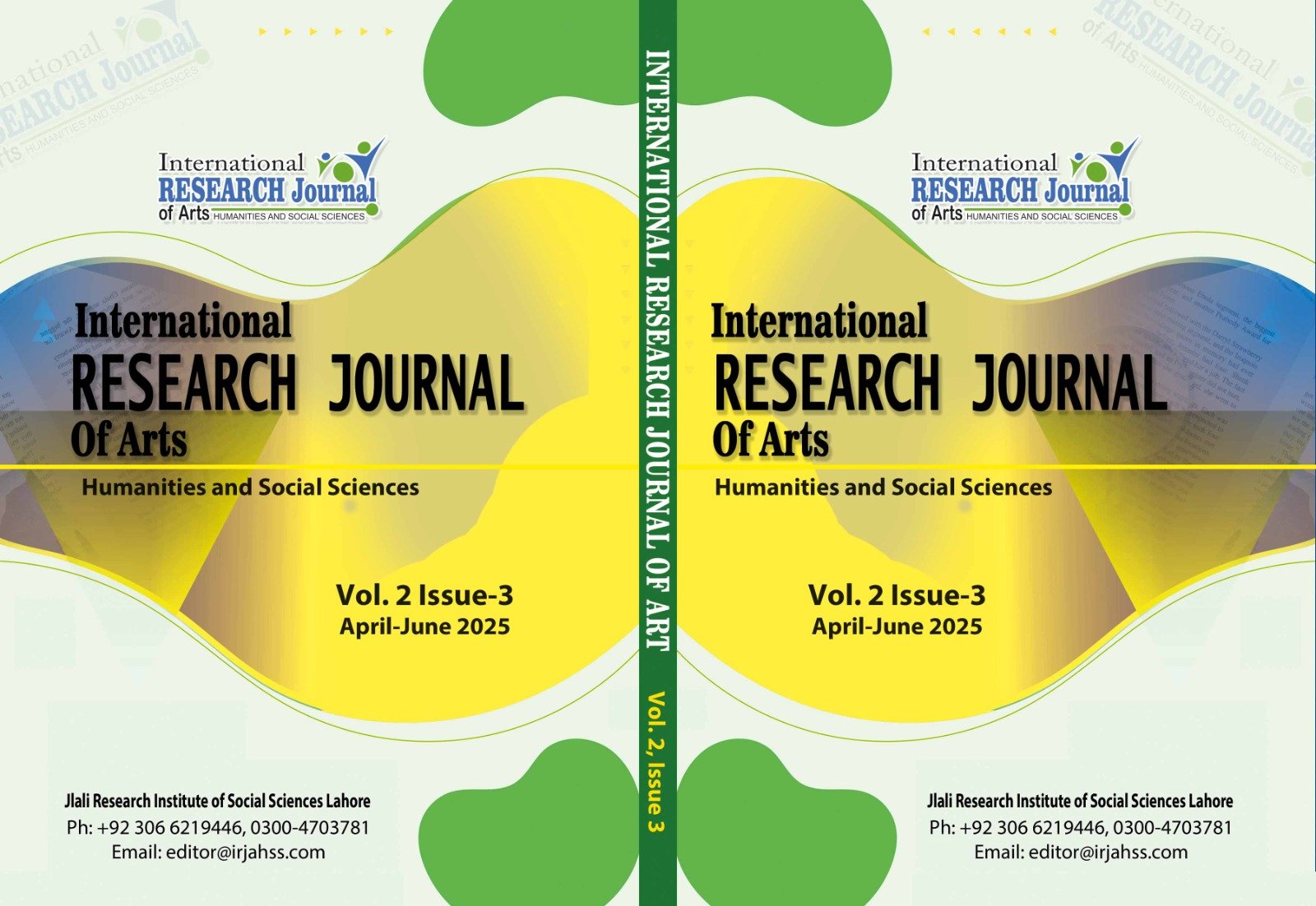Effect of Smartphone Addiction on Sleep Quality and Mental Well-Being
DOI:
https://doi.org/10.3456/nvc15z39Abstract
This correlational study examines the effect of smartphone addiction on sleep quality and mental well-being on people of Pakistan from different cities. Using probability simple random sampling technique; a sample of 150 participants, we used a research in this study and found that smartphone addiction is positively correlated with sleep quality and negatively correlated with mental well-being. To assess this relationship, we used Smartphone Addiction Scale-Short Version (SAS-SV; Kwon et al., 2013), Pittsburgh Sleep Quality Index (PSQI; Buysee et al, 1989) and Warwick-Edinburgh Mental Wellbeing Scale (WEMWBS; Tennant et al., 2007). A descriptive study of people from different cities of Pakistan was conducted. It posed inquiries concerning smartphone addiction, the impact on sleep quality, mental health conditions and demographic information. The results including multi linear regression and post hoc analysis show significant relationship among smartphone addiction, sleep quality and mental well-being. Addiction to smartphones has a negative impact on one's health. The findings indicate that there is a growing need to inform people about the negative impacts that smartphones have on our mental and physical well-being. The study's new findings have significant theoretical and practical ramifications and add to the corpus of empirical research on smartphone addiction.
Downloads
Downloads
Published
Issue
Section
License
Copyright (c) 2025 International Research Journal of Arts, Humanities and Social Sciences

This work is licensed under a Creative Commons Attribution 4.0 International License.
Disclaimer: The International Research Journal of Arts, Humanities and Social Sciences (IRJAHSS) upholds the principles of open access, ensuring unrestricted access to scholarly content to foster the sharing and advancement of knowledge. The opinions expressed in the articles solely belong to the authors and do not necessarily reflect the views or policies of the journal's editorial team, editorial board, advisory board or research institute.






